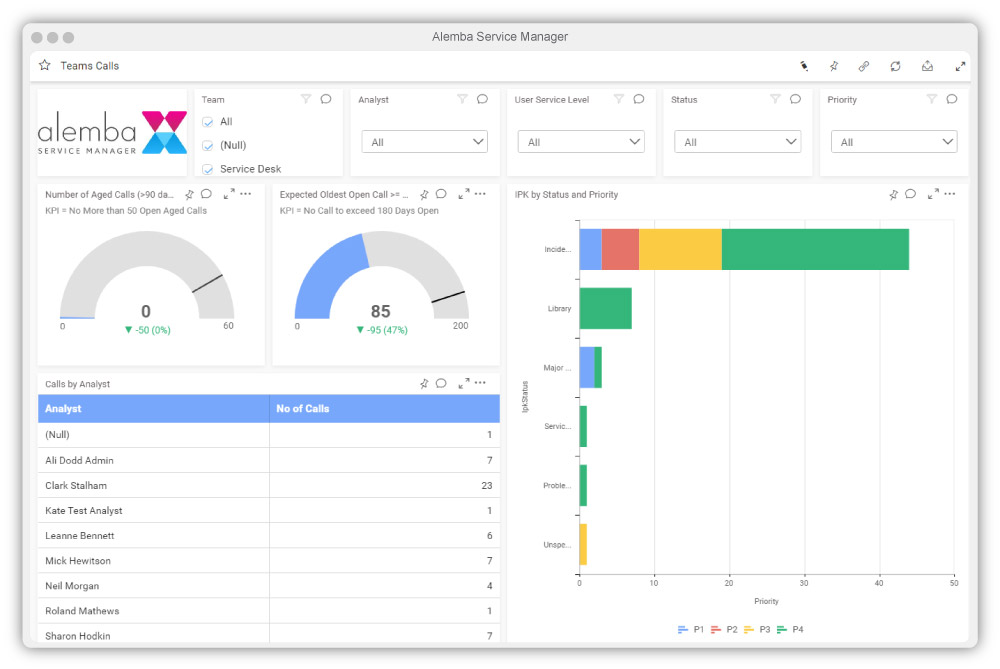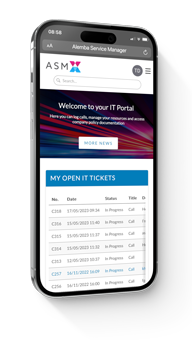Industry
Uses
Flexible Options
Services


Businesses are increasingly adopting modern IT Service Management (ITSM) solutions to enhance efficiency, improve service delivery, and stay competitive. However, many organizations still rely on legacy systems that have been in place for years, or even decades. These legacy systems often play a critical role in business operations, making it challenging to replace them outright. Instead, integrating legacy systems with modern ITSM solutions offers a practical approach to modernizing IT infrastructure while preserving valuable existing investments. This article explores the challenges of legacy system integration, strategies for successful ITSM integration, and the benefits of adopting modern ITSM software.
Legacy systems are typically older technologies that may no longer be supported by their original vendors. They often operate on outdated platforms, use proprietary software, and lack compatibility with newer technologies. Integrating these systems with modern ITSM solutions can be complex for several reasons:
Despite the challenges, there are several strategies that organizations can employ to successfully integrate legacy systems with modern ITSM solutions:
Conduct a Comprehensive Assessment
Before embarking on legacy system integration, it's essential to conduct a thorough assessment of both the legacy systems and the modern ITSM solutions being considered. This assessment should include an evaluation of the current state of the legacy systems, their dependencies, and how they are used within the organization. Additionally, assess the capabilities of the modern ITSM solutions to ensure they can meet the organization's needs while accommodating the legacy systems.
During the assessment, identify any potential compatibility issues, data migration requirements, and security concerns. This information will be crucial for developing a detailed integration plan that minimizes risks and maximizes the chances of success.
Adopt a Phased Integration Approach
Attempting to integrate legacy systems with modern ITSM solutions all at once can be risky and overwhelming. Instead, consider adopting a phased integration approach. This involves gradually integrating components of the legacy system with the modern ITSM solution over time. A phased approach allows for testing and validation at each stage, reducing the risk of disruptions and ensuring that any issues can be addressed before moving on to the next phase.
For example, start by integrating less critical systems or processes first, and then gradually move on to more complex or mission-critical components. This approach also allows the organization to learn and adapt as the integration progresses.
Leverage Middleware for Seamless Integration
Middleware can play a crucial role in facilitating the integration of legacy systems with modern ITSM solutions. Middleware acts as an intermediary layer that enables communication between disparate systems, allowing them to exchange data and interact seamlessly. By using middleware, organizations can bridge the gap between legacy and modern systems without the need for extensive modifications to either system.
There are various middleware solutions available that can be tailored to the specific needs of the organization. Some middleware platforms also offer pre-built connectors for popular legacy systems and ITSM tools, further simplifying the integration process.
Ensure Data Integrity and Security
Data integrity and security are paramount during the integration of legacy systems with modern ITSM solutions. The integration process often involves data migration, which can be prone to errors if not handled carefully. It's essential to implement robust data validation and verification procedures to ensure that data is accurately transferred between systems.
Additionally, legacy systems may have weaker security measures compared to modern ITSM solutions. To mitigate security risks, consider implementing additional security controls, such as encryption, access controls, and regular security audits. Ensuring that both legacy and modern systems comply with industry security standards is critical to protecting sensitive data and maintaining regulatory compliance.
Involve Key Stakeholders and Provide Training
Successful legacy system integration requires collaboration across various departments and stakeholders within the organization. Involve key stakeholders, including IT teams, business leaders, and end-users, in the integration planning and decision-making process. Their input can provide valuable insights into how the integration will impact operations and what specific requirements need to be addressed.
Providing training and support to employees who will be using the integrated systems is also essential. Ensure that users are familiar with the new ITSM tools and how they interact with the legacy systems. Comprehensive training can help reduce resistance to change and ensure a smoother transition.
While integrating legacy systems with modern ITSM solutions can be challenging, the benefits are well worth the effort. Modern ITSM solutions offer advanced features and capabilities that can significantly enhance IT service delivery and overall business performance. Some of the key benefits include:
Integrating legacy systems with modern ITSM solutions is a complex but necessary task for organizations looking to modernize their IT infrastructure while preserving valuable existing investments. By conducting a comprehensive assessment, adopting a phased integration approach, leveraging middleware, ensuring data integrity and security, and involving key stakeholders, organizations can successfully navigate the challenges of ITSM legacy integration. The benefits of modern ITSM solutions—improved efficiency, enhanced visibility, scalability, and better user experience—make the effort worthwhile, ultimately leading to more effective and resilient IT operations.
Interested in learning about Alemba’s expert team can help your organization integrate ITSM software with legacy systems?
Request a demo Contact us today
Back to Blog

